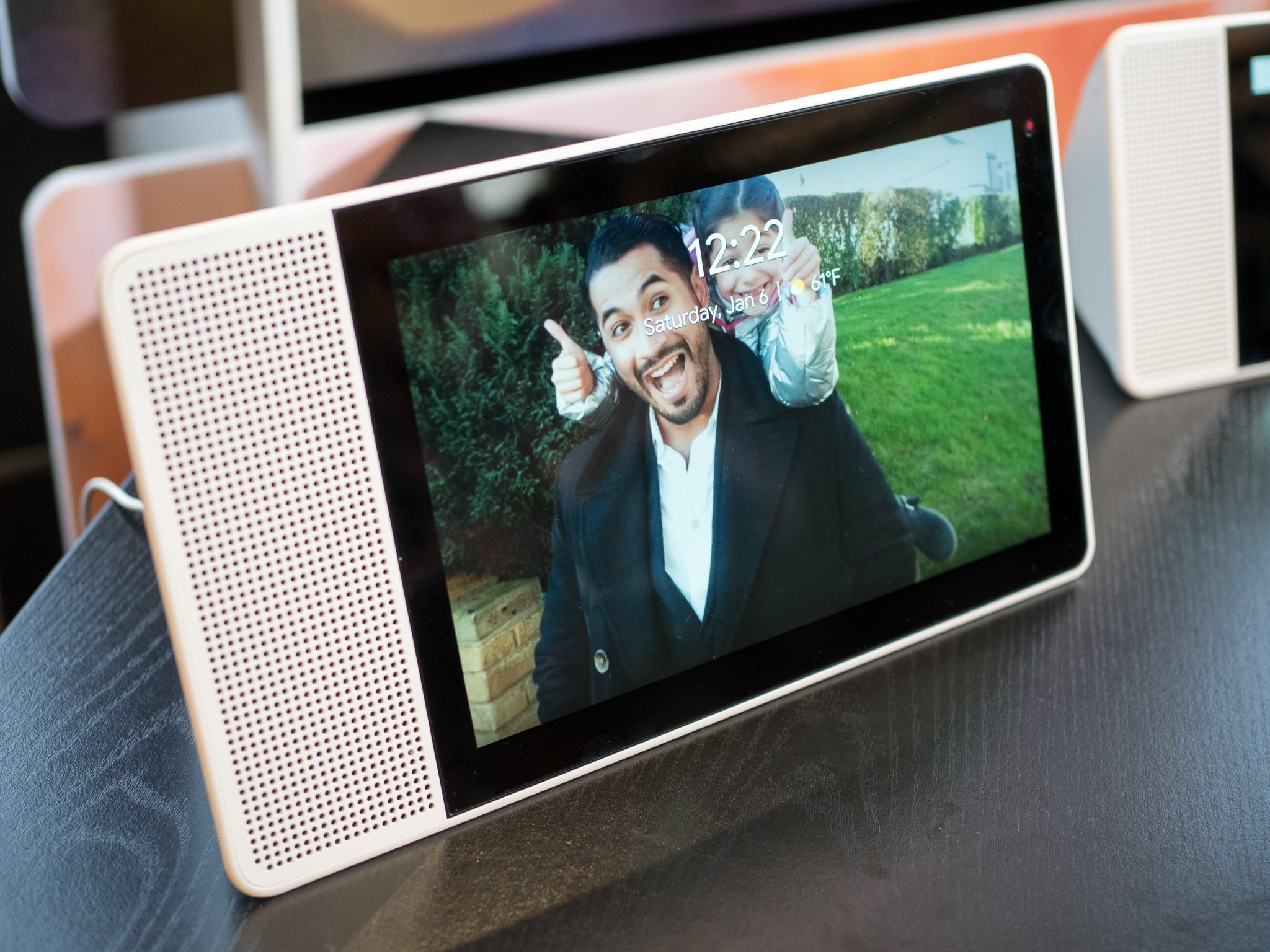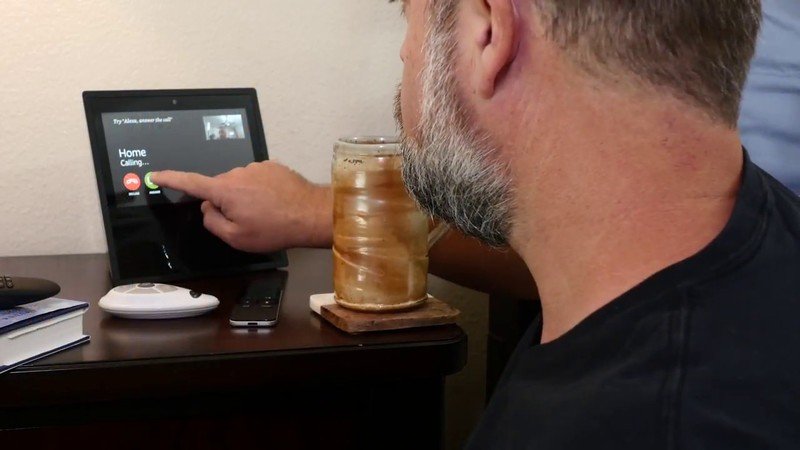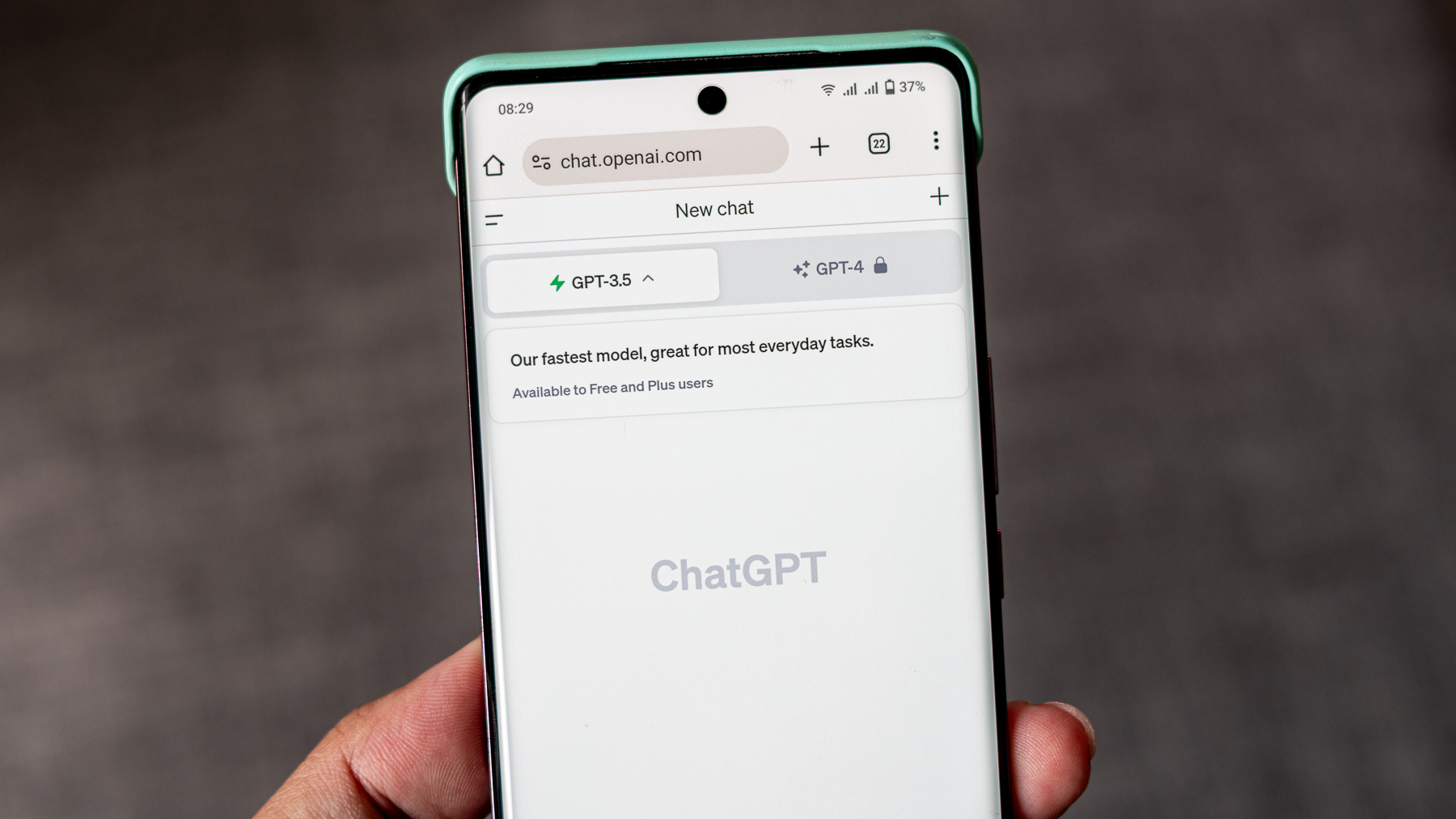Putting Google Assistant in everything is easy — getting everything *else* in there is hard

It sure didn't take Google too long to reach parity with Amazon on the hardware front, did it? Consider how long the Amazon Echo has been around. Decades, right? (OK, just a few years now — the OG Echo was released in limited numbers at the end of 2014.) Google Home has been around for a year and change. Both pretty much do the same thing at this point, with some of the smarts built in by their respective companies.
But the real genius in products like Alexa and Google Home (I'm mixing hardware and software metaphors here, but stick with me) comes with enabling other companies to tie in their own products and services. As we knew from day one it was really going to be all about the APIs. Amazon calls them "Skills." Google calls them "Actions." There's a fundamental difference between the two — Google's tend to be a little more hidden than Amazon's, which has a huge repository full of Skills of varying usefulness. When it comes to hooking in other pieces of hardware, though, Google makes it a bit easier, with a visible list of what's available.
And this is what it's really about. It's about hooking in your lights and sprinklers and fans and thermostats and speakers and cameras and ... all the things, really. What good is smart hardware if it doesn't tie into your smart assistant, right? And to that end, Amazon still has a major lead.
Wait — where's that thing?
It doesn't take more than a passing glance at the list of devices in the Google Home app to see that a lot of companies and devices are still missing. Where's my Ring Doorbell? Where's my Rachio Sprinkler system?
Here's everything that works with Google Home
Those are just two examples of things I use in my home all the time that don't show up in Google's list of "Home control" devices. And that actually brings up a good point: Just because it's missing from the list here doesn't mean Google can't control it. Both Ring and Rachio are absolutely controllable from Google Assistant. And at some point, I connected the services.
Knowing whether your smart things will work with Google Assistant is still very much a mess.
Logitech Harmony — I'm a big fan of the remotes — is another example. Missing from the Home Control section, but it most certainly can work with Assistant.
Be an expert in 5 minutes
Get the latest news from Android Central, your trusted companion in the world of Android
Some of this is a failure on an application level — Google just needs to surface all this stuff much better. (Or maybe sniff out your devices over Wifi and offer to connect the services?)
At this point, I'm not even sure how incomplete Google's list is compared to Amazon's Skills. That's a whole other problem unto itself.
In any event, this is something Google needs to sort out, sooner rather than later. It's only going to sell more Google Assistant devices as time goes on — starting with the $29 Google Home Mini. And now that every other manufacturer on the face of the planet is getting in on the game — any every other manufacturer is already building things with Amazon Alexa baked in — Google has to get really serious about the services.
That starts from the developer standpoint, and I'd be surprised if Android Things and Google Assistant weren't huge tracks at the Google I/O developer conference later this year. But it also continues into (and perhaps is just as important) in the user-facing products and services.
If we don't see all the things I use listed as being available with Google Assistant, it's that much more likely that Alexa is going to continue to hold my attention.

Will you need another new app? (Probably)
And then there's the matter of Google Assistant with displays. The Lenovo Smart Display and LG ThinQ WK9 (seriously, someone needs to take that name out back and shoot it) will be a couple of the first products out of the blocks. Google's showed them using its Duo video calling app, and showing feeds from Nest cameras. But it needs to do much more, lest it fall into the same trap as Amazon and the Echo Show.
Google's Duo app is good. Working with existing apps would be even better.
Duo's a fine app. But it's not the now the only thing folks use for video calling. Nor is it anywhere near the most popular. While putting it on a shiny new display might get a few folks to switch over, I'd rather see Google take the approach it's done with Android Auto, which made it remarkably easy for developers to extend their apps to the in-car screen. While I'm talking apples and oranges from a developer perspective — Android Auto is run from your phone, while these Android Things products are self-contained devices and have different onboarding issues — end users will have just one question:
Will this stuff work with what I'm already using?
The Echo Show is largely a paperweight for me. Do I really want to deal with another instant messaging/voice calling/video calling app?
Google's upcoming products need to have an answer for that question, lest they succumb to the same fate.

